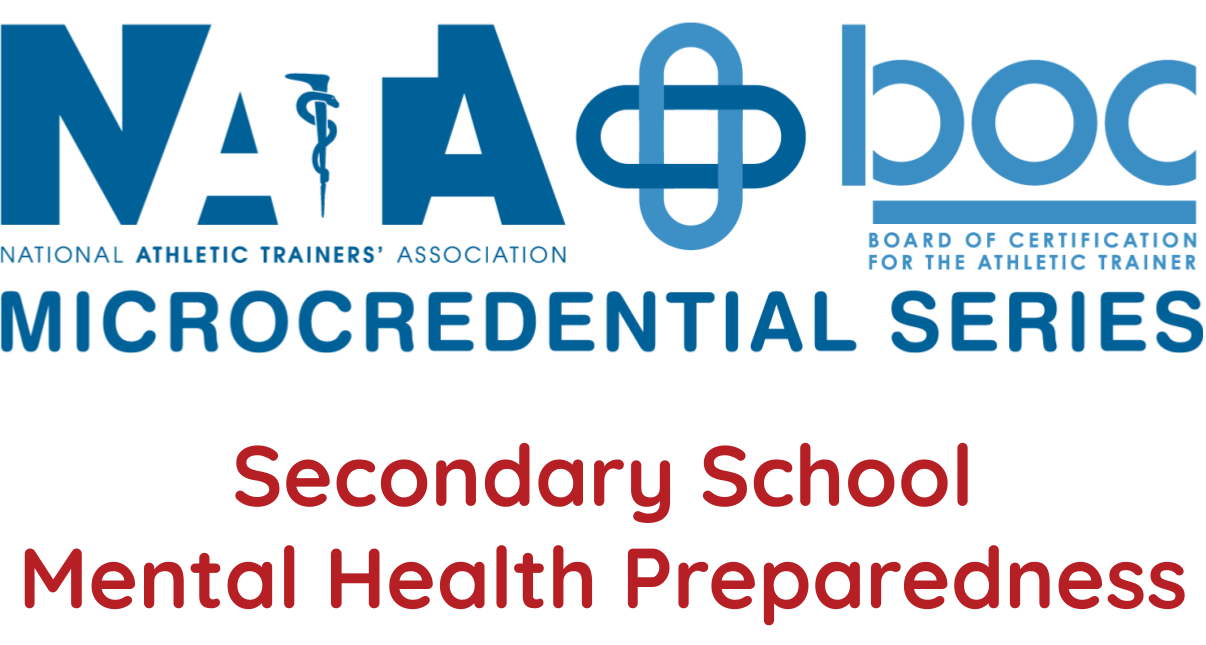
The Potential Effect of Artificial Intelligence on Athletic Training Clinical Practice
This session is featured as part of the COPA Con 2024 Highlight Reel, showcasing the most impactful presentations from the 2024 NATA Council on Practice Advancement’s Virtual Conference.
Abstract:
The term ”artificial intelligence” encompasses a range of technology applications for different purposes. The most immediate effect on athletic trainers will be the use of machine learning to develop predictive algorithms for disease prevention, diagnosis and prognosis. Longitudinal analyses of large clinical datasets will be used to develop risk profiles for individual athletes, with continually updated quantitative estimate of the probability for future occurrence of a specific type of injury or illness. Failure to adapt to impending advances could conceivably result in forfeiture of decision-making authority to some other health care professional who possesses a higher level of expertise in the utilization of information technology for guidance of clinical care.
Learning Objectives:
- Recognize the growing utilization of artificial intelligence in health care to guide selection of therapeutic interventions.
- Describe the potential benefits, as well as potential drawbacks, of the impending growth in dependence on artificial intelligence.
- Explain the relevance of predictive algorithms developed by machine learning to the process of making clinical decisions.
- Relate specific examples of change in the professional role of the AT that may emerge from the growing capabilities and increasing availability of artificial intelligence applications.
How is this session relevant to a variety of settings?
Regardless of practice setting, various applications of artificial intelligence (e.g., machine learning for delivery of precision sports medicine) will undoubtedly have increasing influence on individual patient care decisions, clinician/clinic performance assessment and program/organization administration in the near future.
Level:
Advanced
Domain(s):
Domain 1: Risk Reduction Wellness and Health Literacy
Domain 2: Assessment Evaluation and Diagnosis
Domain 4: Therapeutic Intervention
CEUs:
1.0 Category A
Expiration:
In order to earn your CEUs for the COPA Con Highlight Reel sessions, you must watch the video in its entirety and complete the assessment by December 31, 2025 at 11:59 p.m. CDT.
Gary B. Wilkerson, EdD, ATC, FNATA
Gary Wilkerson is a tenured professor at the University of Tennessee at Chattanooga, where he has taught in the Graduate Athletic Training Education Program since 1999. He has received degrees from Eastern Kentucky University (1978), the University of Arizona (1979), and the University of Kentucky (1989).
Clinical expertise acquired in a wide variety of practice settings has guided his research endeavors, which were initially focused on management of chronic ankle instability. His work gradually transitioned to a broader interest in predictive modeling of elevated risk for lower extremity injury. His most recent research has been focused on development of clinical methods for identification of individuals who possess subtle perceptual-motor performance deficiencies that increase susceptibility to both sport-related concussion and musculoskeletal injury. The findings of his research have been published in numerous peer-reviewed sports medicine journals, with more than 2500 citations of his work by other authors.
Gary was among the first scholars in his discipline to be designated as a Fellow of the National Athletic Trainers’ Association when the honor was created in 2008. He was inducted into the Southeast Athletic Trainers’ Association Hall of Fame in 2010 and the National Athletic Trainers’ Association Hall of Fame in 2016. The Research and Education Foundation of the National Athletic Trainers’ Association awarded him its Medal for Distinguished Research in 2019.

